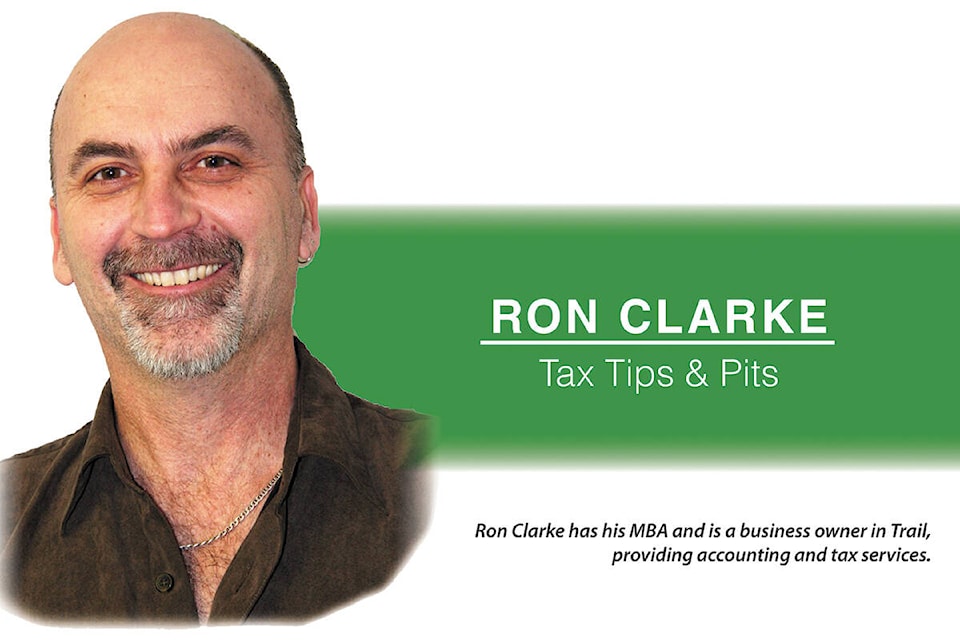by Ron Clarke
Have you been charged penalties and/or interest by Canada Revenue Agency (CRA) for taxes you owe and did not pay on time, or for a late filing of a tax report of some sort like a T1 or T2 Tax Return, or GST Report?
Did you know CRA has the discretion to waive penalties and interest?
It’s called taxpayer relief, and CRA can relieve penalties and interest up to 10 years back from the year of request.
To be clear, the taxes owing will not be waived by CRA.
You may have an argument to lower the amount of tax, but that’s a different story.
This is about applied charges by CRA on amounts owing and late, and also reports due and late.
It requires the completion of Form RC4288, although completing those four pages is not the end of it.
The success of the application rests with your reason for the claim and the proof you can provide to support your case.
So how does one qualify for taxpayer relief?
The key is to be able to demonstrate extraordinary circumstances outside of your control that directly affected you.
Here are the more common circumstances claimed.
An obvious one is a delay or error on CRA’s part in getting necessary information to you, or providing incorrect information that delayed or confused the process.
An extension of this is the delayed provision of information or slips by third parties such as employers or financial institutions.
However, this requires the cooperation of the third party providing a written description of the fault resting with them.
An accident or serious illness of the taxpayer or the owner/shareholder of a business.
Specific medical documentation from health professionals is required.
To an extreme, this is obviously includes the death of the taxpayer, or in some cases next of kin.
Natural or human caused disaster such as a fire or flood of your home that destroyed documents that resulted in a delay in acquiring new copies.
This can include a broad based disaster that may not have destroyed documents but did prevent access to them or access to persons or organizations that provide documents or support services.
The B.C. wildfire evacuations come to mind on this front.
Another example of large scale interruption of life’s normal routine that could prevent timely reporting and payment is the case of civil disobedience blocking access to those things and services needed to file.
The Ottawa blockade of a couple years back would be an example.
The final example of the more common reasons for asking for taxpayer relief is the case of financial hardship.
This encompasses a broad list of justifications for presentation to CRA, the obvious one being bankruptcy.
Notably, being unable to pay does not excuse a taxpayer or business owner from filing the return or report so a penalty may still be applicable.
To be successful in a taxpayer relief application, you must provide proof of a direct connection between the reason you are claiming taxpayer relief and your inability to do the filing and/or pay on time.
For the most part this is all about the provision of descriptive and supportive information from third parties familiar with the situation, whether it’s your doctor, employer, banker, investment broker or even a string of emails or letters from a CRA representative.
By the way, “I forgot to file” doesn’t qualify.
Ron Clarke, owner of JBS Business Services in Trail, provides accounting and tax services.
